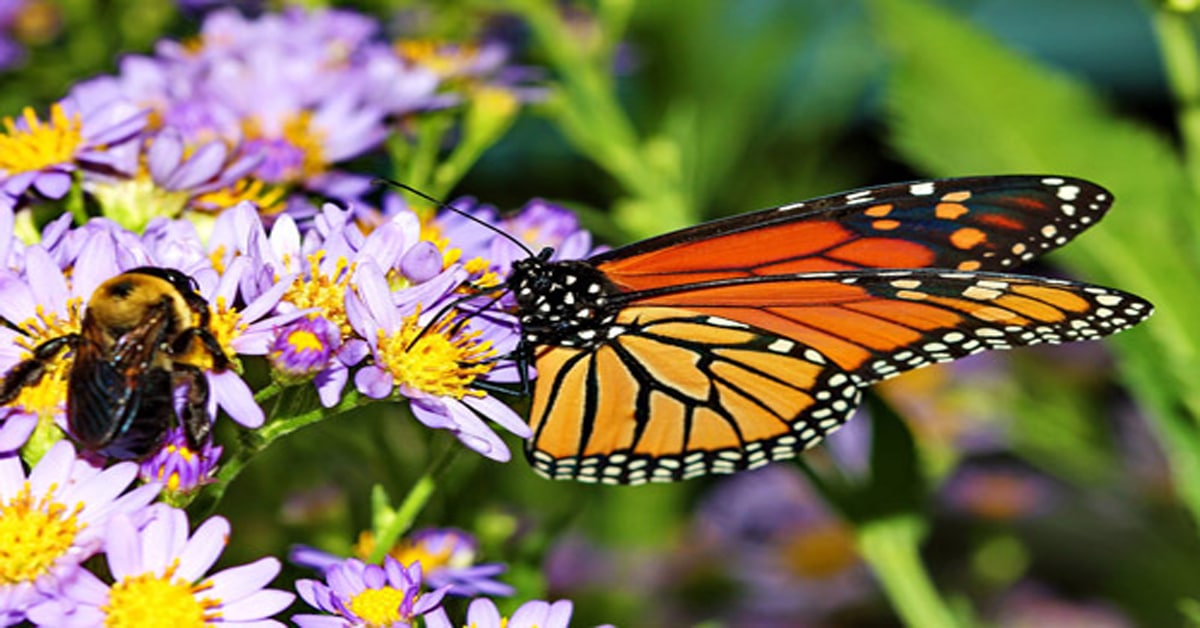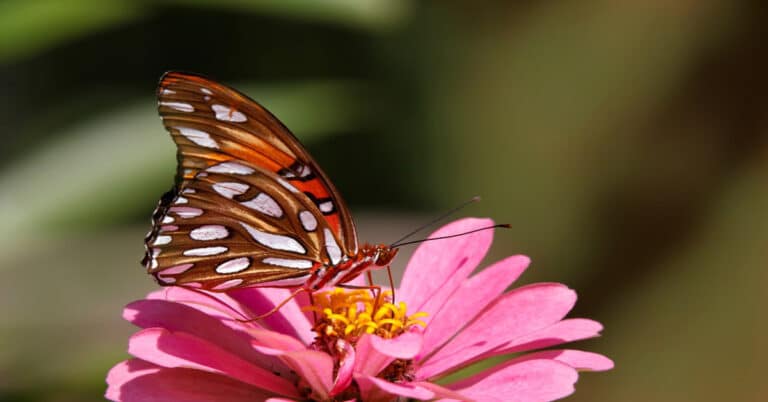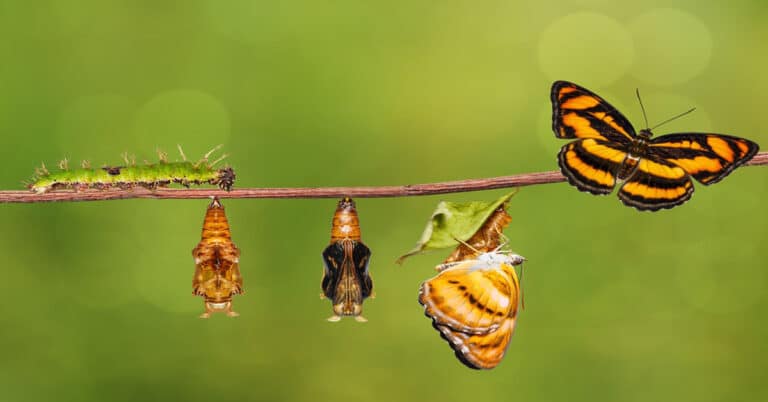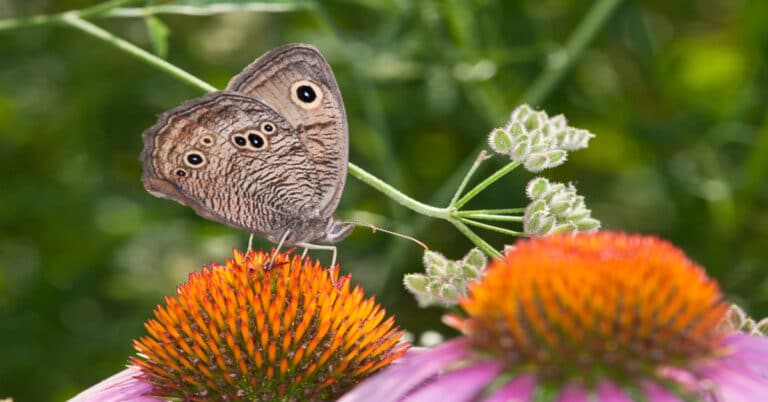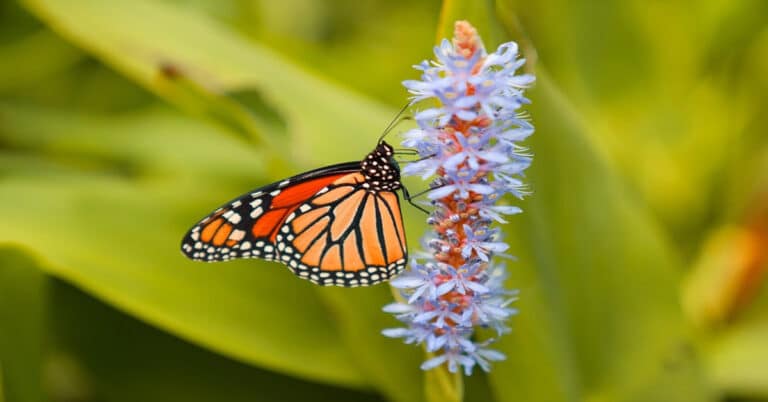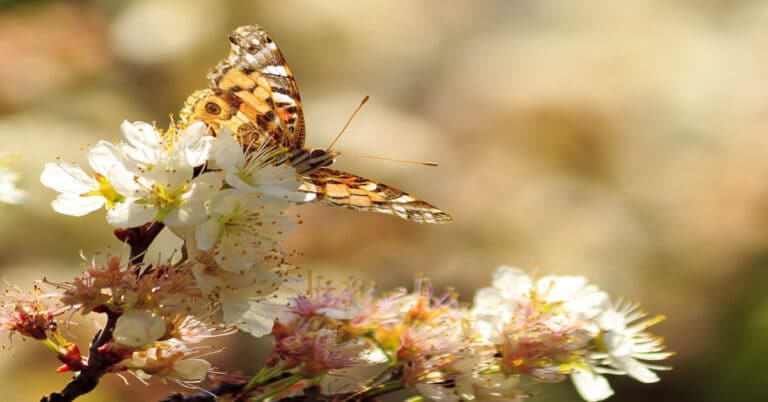Monarch Butterfly Migration Tourism
One of the many wonderful things to see in North America is the flight of the Monarch Butterflies. Every year, following the seasons, these orange-black-and-white butterflies travel almost the entire length of the continent. In early spring and early autumn, thousands flap from the southern States to the oyamel fir groves of Mexico, converging in and around the Monarch Butterfly Biosphere Reserve in Michoacan.
The Rocky Mountains divide the population of Danaus plexippus into two groups. Though otherwise similar, the butterflies migrate separately. Most butterflies from the Eastern States winter in Mexico; most butterflies from the West winter in southern California.
It can be important to note that, although thousands of Monarch Butterflies hibernate in the butterfly cities at El Rosario and Santa Cruz, not all of them do. In addition to the individuals who die along the way or are blown off course (sometimes across the Atlantic or Pacific Ocean), there are Monarchs who spend the winter alone or in small groups in the Southern States. Sometimes these stragglers are the ones who don’t live to fly back to the North in spring, and sometimes they are the ones who do, depending on the winter weather. Monarchs who winter in Florida may fail to go into hibernation at all and produce a fifth-generation that compensates for population losses due to incomplete hibernation in Michoacan. Monarchs who winter as far north as Virginia Beach may freeze to death, or may be the ones who succeed in hibernating.
Nevertheless, a Monarch Butterfly grove is a sight worth seeing. The big butterflies (wingspans 3.5 to 4 inches, 9 to 10.2 cm) grip the ends of tree branches with their four hind legs and rest, looking almost like orange oak or beech leaves on the big evergreen trees they occupy. Nothing else is quite like a butterfly grove. Visitors are reminded to stick to paths so as not to step on butterflies, leave pets outside, and be quiet; after all they are visiting creatures who are there to sleep!
Do people really go to Mexico to watch butterflies sleep? While the Biosphere Reserve receives support from the United Nations to preserve the Monarch Butterfly sanctuary for the good of the butterflies themselves, people go to Mexico and California for many of the same reasons the butterflies do: mild dry weather, food and drink, mingling and socializing.
Even for butterflies, it’s possible that sometimes a game is just a game. (Monarchs’ play-fighting never hurts the participants, does not seem to establish status or territory, and reportedly leads to mating only about one-third of the time.) For humans, of course, activities that go on in the towns and cities near the butterfly cities may serve serious purposes other than fighting, mating, or even eating although Angangueo’s Butterfly Festival has always featured special food. People study how to draw Monarch Butterflies, or just snap pics (Monarch Butterfly PNGs make great computer wallpaper). A lot of money changes hands as people pose for selfies in Monarch Butterfly shirts, Monarch Butterfly dresses, Monarch Butterfly earrings and other costume jewelry.
While increased urbanization in towns near Monarch Butterfly groves is unlikely to help the butterflies and we don’t want to encourage it, the butterflies have coexisted well with the existing population density of cities like Santa Cruz. Some of the crowds who turn out for Monarch Butterfly dances work or go to school in these towns. Many people enjoy hiking and bird watching, with family members or organized tour groups, along beaches or in mountains.
The challenge for towns that encourage butterfly tourism is to provide enough entertainment to maintain the crowds of humans at low, butterfly-friendly densities. Part of Monarch Butterflies’ attraction is that they don’t mind being around humans. They will do their thing (sipping nectar, laying eggs) while we do our thing, if we happen to have work to do in a butterfly garden while they are in it, and spend whole mornings in pleasant parallel play beside us. They seem to tolerate pollution from motor vehicles, perhaps better than we do; though they’re not among the composter species that prefer polluted water, some Monarchs drink oil-filmed water. They do need their milkweed, wildflowers, trees, sunny open fields, and clean shallow water.
Here are some additional things Monarch Butterfly tourists do:
Monarch Butterfly Mexico tour ideas
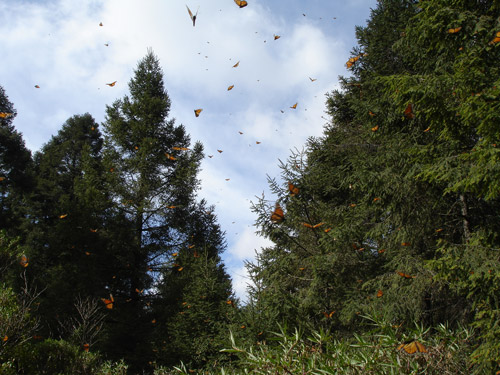
For people who don’t like loud noises, glaring lights, or jamming crowds, Monarch Butterfly preserves like Cerro Pelon,El Rosario, and Sierra Chincuaare ideal vacation destinations. Michoacan is a good-sized state with a wide selection of beaches, mountains (including volcanoes), scenery, museums, and ancient buildings for tourists to admire. One of the popular festivals takes place on the first of November, when tourists can snap Monarch Butterfly photos as well as samples of traditional, indigenous, and kitschy arts and crafts. Many of the pictures, cartoons, and clip art that come to mind when we think of Mexico come from Michoacan. Thermal springs are abundant. Butterflies are attracted to the dry winter weather; in summer landscapes are green.
The town closest to the Reserva de la Biosfera Mariposa Monarca is Zitacuaro, which is also known for mountain hiking, biking, horseback riding, and paragliding tours. The town is relatively small and quiet but features historic and prehistoric buildings, including pyramids. Food specialties include pig’s feet, octopus, and hibiscus refrescos (fruit drinks). Popular souvenirs like woven blankets and pottery are sold.
In February the town of Angangueo has traditionally held a Butterfly Festival since 1922. The festivals include art, music, dancing, craft shows, as well as food and drink, and feature performances by symphony orchestras as well as dance bands.
Historically, mining and logging threatened these communities. Monarch Butterfly ecotourism helps people conserve their natural resources.
Monarch Butterfly California tour ideas
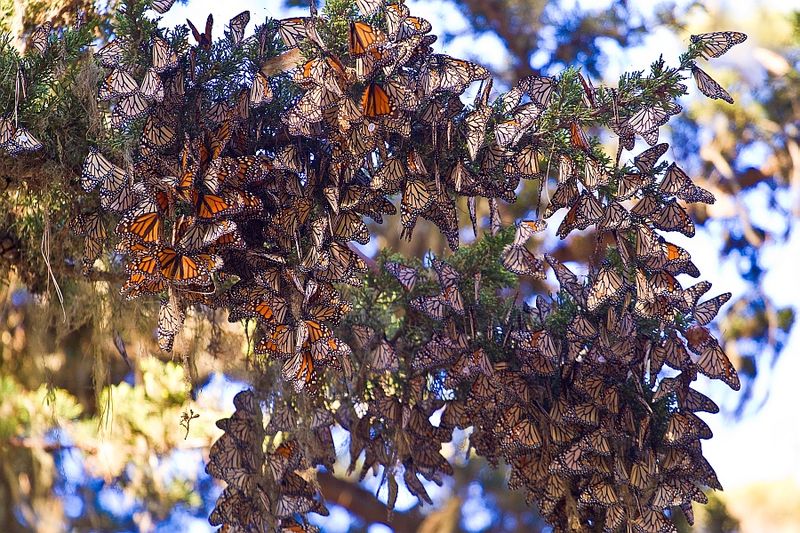
Monarchs winter at many sites along the coast of southern California and Baja California, Mexico. They are most abundant between Santa Barbara and Santa Cruz. (One popular Monarch Butterfly tour, the beach walk from Goleta to Ellsworth Beach, has been closed because of damage to the trees and threats to the butterflies.)
People visit these places just for the dry, mild weather and beaches, not necessarily even visiting the butterfly groves, and local people offer things for visitors to do that will not involve paving more land or cutting down more trees. The old Spanish missions for which some of these towns are named are the central attractions of their historic districts. Around the historic districts, the towns compete to offer things for visitors to see and do boardwalks, ice creameries, wine tasting, amusement parks, hiking and biking, fishing, sailing, and surfing.
In addition to Monarch Butterflies, Pismo Beach advertises a long pier from which visitors can fish for sharks, kayak tours of sea caves, seal and pelican watching at the Shell Beach, an outlet mall, and a Clam Festival.
Along with visiting the Monarch Butterflies, Santa Cruz encourages visitors to stroll along a boardwalk, visit an amusement park, tour an ice creamery, admire ocean life in an aquarium, and see the Natural Bridges rock formations. Of course, the university is the focal point for many long-term visits…and even the public library is impressive enough to rank as a tourist attraction.
As well as Monarch Butterflies, Pacific Grove offers golf links, an historic district, a lighthouse, museums, art galleries, a nature park, and the Kissing Rock formation.
While these three towns have especially large butterfly cities, Monarch Butterflies hibernate all along the California coast, wherever they find the essentials of mild dry weather, dew and puddles, quiet trees for roosting, and flowers to sip for fuel for their return trip.

Having discovered a fondness for insects while pursuing her degree in Biology, Randi Jones was quite bugged to know that people usually dismissed these little creatures as “creepy-crawlies”.

